The new Procurement Bill proposes a change to the requirement to determine the winner of public procurement exercises from the Most Economically Advantageous Tender (MEAT) (in the Public Contracts Regulations 2015) to the Most Advantageous Tender (MAT).
The main difference is that MAT widens the approach to determining the best solution to make it appear less prescriptive. This has been taken by many observers to mean that procurers will have greater freedom to take account of things such as sustainability in their procurements and not be so limited to cost and quality.
The PCR 2015 previously introduced the broadly analogous BPQR (Best Price Quality Ratio) in Regulation 67, however this does not survive in the new Procurement Bill. The basis for much of the new Procurement Bill is the World Trade Organisation’s Government Procurement Agreement (WTO GPA) and the Most Advantageous Tender, as set out in Article XV, is a good example of this.
However this change may not be as significant as it first appears, as social and environmental criteria are already part of the exemplar list of criteria in Regulation 67 of the PCR 2015. So the thing that’s changing is more the overall description of the approach as opposed to the approach itself.
I‘m in favour of this change as it communicates that procurers should be free to choose the criteria that will determine the optimum solution for their requirements, as opposed to the one that simply offers the best value for money. Similarly the responses to the consultation provide support for this proposal and its aim of supporting new approaches to procurement.
However Value for Money is important and it would seem that the authors of the Procurement Bill agree as they have added this (in Section 11(1)(a) of the Procurement Bill) as one of the new Procurement Objectives (the proposed replacement to the current Procurement Principles).
Procurers must be cautious that this, less prescriptive, Most Advantageous Tender approach does not inadvertently lead to disproportionate requirements or weightings that create, especially for SMEs, unnecessary barriers to competition.
Ultimately the move from MEAT to MAT shouldn’t create any problems as it is a change in terminology rather than a fundamental change in the approach to assessing the bid or bidder who best meets a contracting authority’s requirements.
As with all of the wider flexibility proposed by the procurement bill, it’s success will depend upon the early provision of clear policy, guidance and training.
Find further procurement reform comment and insight at www.procurementreform.co.uk.
If you would like advice on this or any other aspect of public procurement, please complete our enquiry form or call us on 0141 270 7666.
While all information provided is given in good faith, the contents of these articles are not to be construed as legal advice or a substitute for such advice, which you should obtain from your legal advisors if required. We are not and shall not be held responsible for anything done or not done by you as a result of the information provided.


